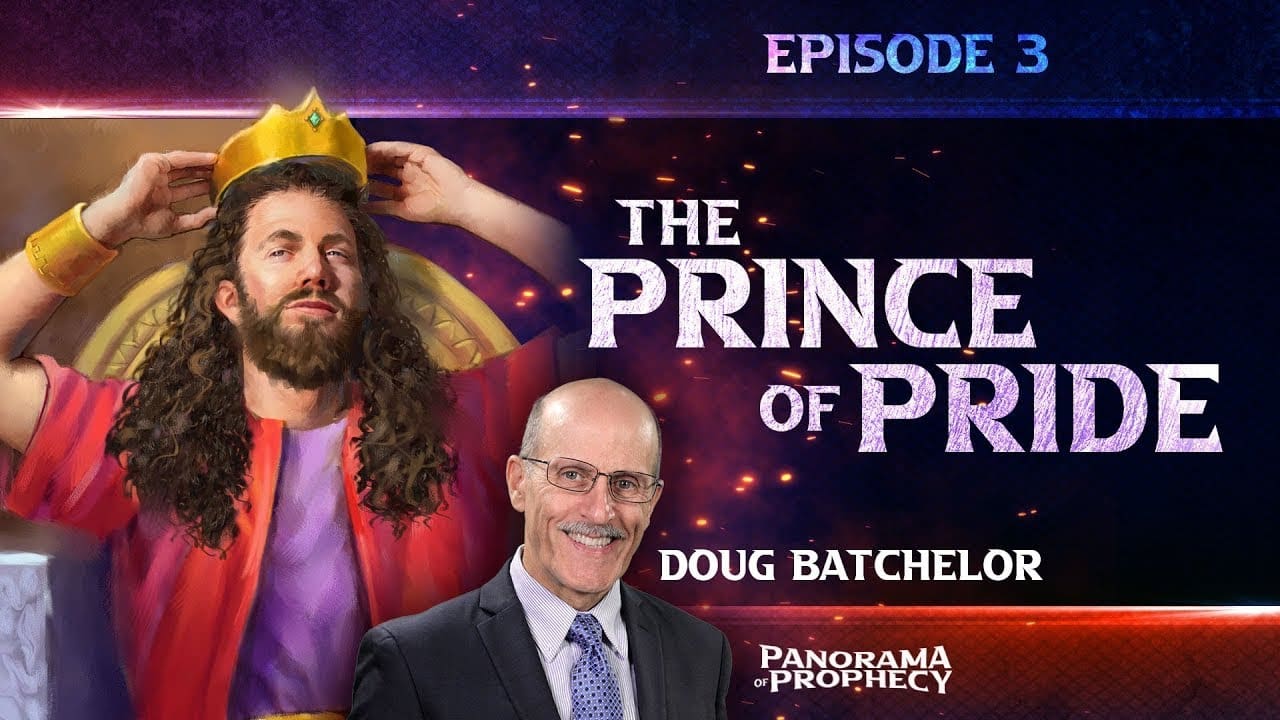The text in question, 1 Peter 4:6, can be better understood by considering the larger context and points being made by Peter. Simply looking at the text alone may lead to misunderstandings.
The verse states that the gospel was preached to those who are dead, implying a past event rather than an ongoing one. To grasp the full meaning, we must examine the verses leading up to it. The argument in 1 Peter 4 begins with the instruction to have the mind of Christ to overcome sin in the flesh. Peter emphasizes that God judges everyone, both the living and the dead. It is in this context that Peter states that the gospel was preached to the dead so that they could be judged according to human standards in the flesh but live according to God in the spirit.
To fully comprehend Peter’s argument, we need to go further back in the text. Starting from 1 Peter 3:18, Peter explains that the Holy Spirit preached to sinners during the time of Noah, offering them a chance to repent before the flood. This is likened to the Christian practice of baptism, which symbolizes the death and resurrection of Christ and represents our own repentance and adoption of the mind of Christ.
By connecting the preaching of the Holy Spirit to sinners in Noah’s time with the Christian practice of baptism, Peter is highlighting the importance of repentance and the transformative power of the gospel. He emphasizes that everyone, both the living and the dead, will be judged by the same standard and have the opportunity to live according to God in the spirit.
Therefore, when Peter says the gospel was preached to the dead, he is referring specifically to the sinners in Noah’s time who had already passed away. His statement does not provide insights into the nature of death and the afterlife but serves to emphasize the need for repentance and the fairness of God’s judgment. To understand the text fully, it is crucial to consider the broader context and argument being presented by Peter.














